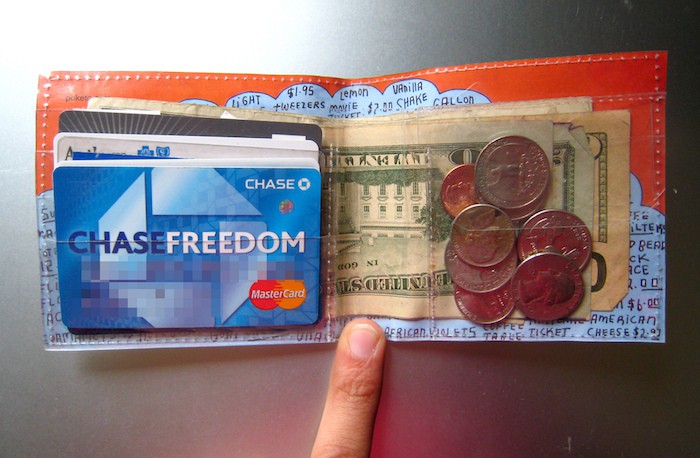
Google wants to be the wallet you use to pay for news. Again.
Last week, the company debuted Contributor, an experimental platform that lets people pay publishers for visiting a site. Instead of buying a subscription, readers put $1 to $3 a month into an account that is used to pay publishers on a per-visit basis. Currently 10 sites are participating in the experiment, including Mashable, The Onion, Science Daily, and wikiHow (others have not been announced by Google).
The way it works is that each publisher gets the equivalent of the market rate for an ad shaved off their contribution each time they visit a site, according to Google spokeswoman Andrea Faville. Users can support their favorite website and enjoy an ad-free (or at least Google-ad-free) reading experience. People using Contributor get a NSFW-looking pixelated box in the familiar ad slots on a page, along with a message thanking them for contributing.

Contributor is currently invite-only, but the project has the potential to be expanded out to more publishers and a broader collection of users, Faville told me. “A healthy web depends on healthy publishers,” she said.
Whether or not banner ads are dead, media companies of all sizes are trying to invest in new ways of making money. According to Paul Cafiero, a spokesman for Mashable, the company is curious to see what the experiment with Google yields.
“Mashable is continuously experimenting with new platforms, formats, and technologies to provide our audience with the best possible experience,” said Cafiero. “We are excited to work with Google in this experimentation phase of Contributor to test out this new form of ad distribution.”
Contributor is one of a number of reader-revenue options a publisher can use alongside advertising, events and other sources. A number of publishers like The Next Web have already experimented offered ad-free reading as a premium, subscription-level service. Getting funded by the crowd is also becoming a popular strategy, through sites like Kickstarter and Indiegogo that offer easy mechanisms for supporting passion projects. Artists, inventors, and established companies are appealing to the audience’s wallets.
Contributor is the latest in a line of efforts from Google to reach out to an industry that has seen it as an adversary at best and a thief at worst. In September, YouTube introduced Fan Funding, which lets viewers throw a few dollars towards video producers.
Google Consumer Surveys is another kind of paywall alternative for publishers, asking readers to answer questions in exchange for access, with Google paying publishers per response. So far, the survey system has remained small, favored by medium-to-small news organizations. One of Google’s original experiments in paying for content was One Pass, a transaction tool that let readers pay for their news subscriptions through Google Checkout. Debuting in 2011, One Pass was seen as an alternative to Apple’s Newsstand that offered ease of use and fluid transactions without Apple’s 30 percent cut.One Pass failed to catch on, with only a handful of publishers using the system before it was shuttered a year later.
Then, as now, Google faced a problem convincing publishers to work with them. Even as the company has courted favor with the media by branding its products as tools for journalism, they remain a target from publishers who say Google search wields too much power over the distribution of content.
Faville said Google is committed to finding ways to help publishers support their work. If Contributor proves successful they might expand it to more partners, she said. “This is another experiment in that same vein in looking at different models in helping publishers fund their content,” she said.